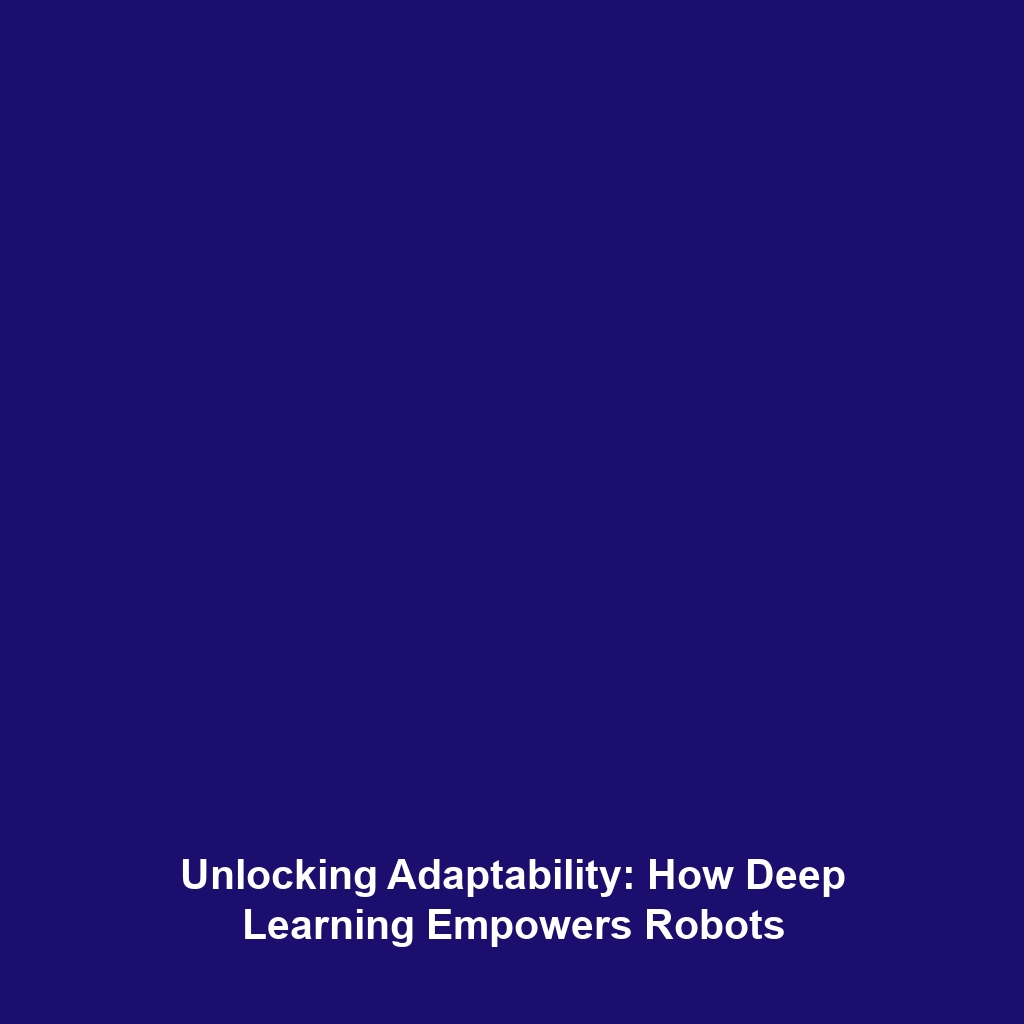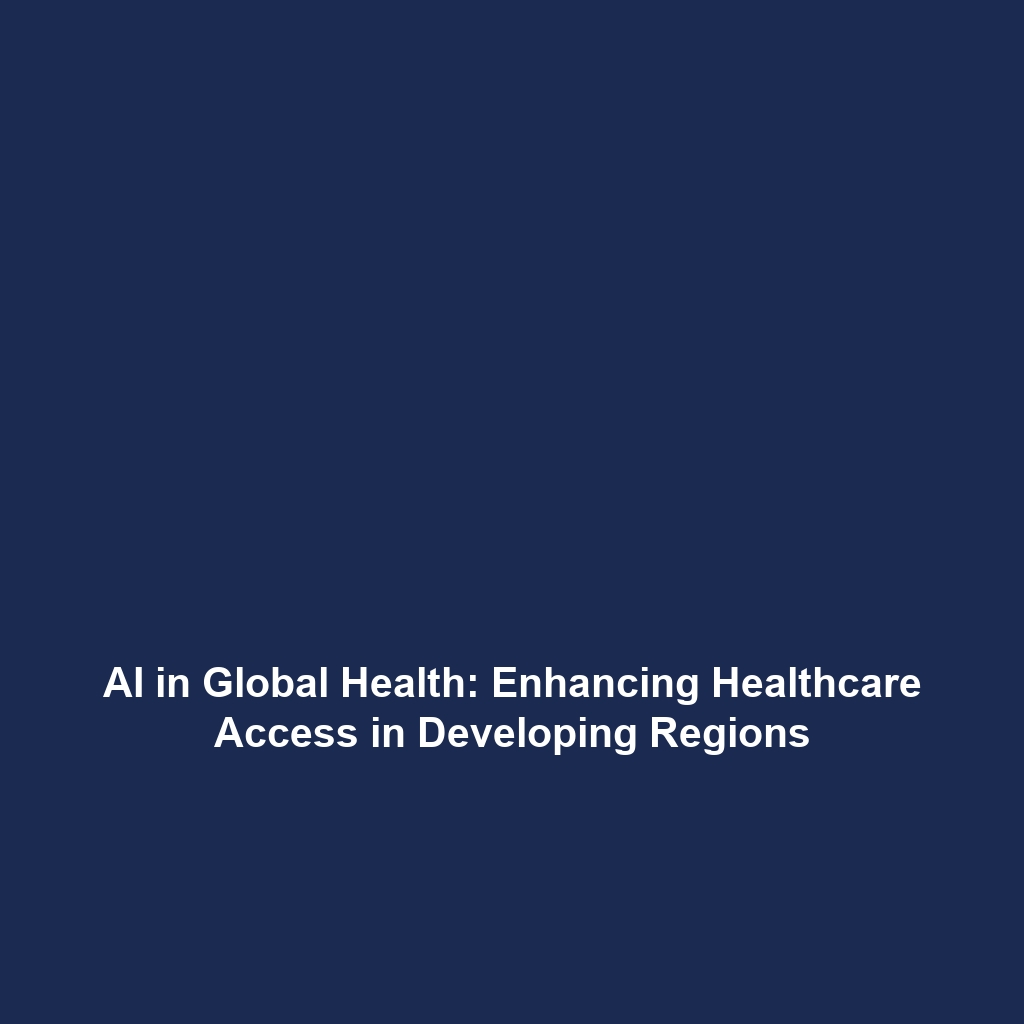Prosthetic Limb Control through Brain-Computer Interfaces
Introduction
Prosthetic limb control has dramatically evolved with the introduction of brain-computer interfaces (BCIs), enabling individuals to control robotic limbs directly through brain signals. This advancement is groundbreaking, as it provides increased independence to amputees or paralyzed individuals. By translating neural activity into movement, BCIs facilitate a level of control that was previously unimaginable, profoundly impacting the lives of those with mobility challenges. As the field of Brain-Computer Interfaces continues to grow, the significance of prosthetic limb control holds a pivotal place in enhancing quality of life and promoting autonomy.
Key Concepts
Understanding Brain-Computer Interfaces
Brain-computer interfaces are systems that establish a direct communication pathway between the brain and external devices, primarily using neuroelectric signals to control actions. The core principles that underlie prosthetic limb control through BCIs include:
- Signal Acquisition: Utilizing electrodes to capture brain activity, typically through electroencephalogram (EEG) or invasive methods for greater precision.
- Signal Processing: Analyzing neural data to identify patterns that correlate with specific motor commands or intentions.
- Device Control: Translating processed signals into commands that drive prosthetic movements, allowing seamless interaction between user and limb.
Applications and Real-World Uses
The applications of prosthetic limb control via BCIs are varied and impactful. Here are key examples:
- Rehabilitation: Providing feedback to patients, allowing them to train and adapt to their prosthetics more effectively.
- Assistive Technologies: Integrating BCIs with robotic arms that can mimic the natural movements of human limbs, enabling users to perform everyday tasks more easily.
- Research and Development: Continually advancing technologies to enhance functionality and user experience, which can lead to more intuitive control systems.
Current Challenges
Despite the groundbreaking advancements, several challenges remain in the study and application of prosthetic limb control through BCIs:
- Signal Reliability: Ensuring consistent and accurate signal detection remains a significant hurdle.
- Device Integration: Developing systems that can easily integrate with a range of prosthetic designs and user-specific needs.
- Affordability: High costs associated with advanced BCI technologies limit accessibility for many potential users.
- User Acceptance: Adapting to a new interface can pose psychological and cognitive challenges for users transitioning from traditional prosthetics.
Future Research and Innovations
Looking ahead, exciting innovations in the realm of prosthetic limb control through BCIs promise to revolutionize the field further. Important areas of focus include:
- Improved Neural Interfaces: Developing better materials and designs that can more effectively interact with the brain.
- Machine Learning: Utilizing algorithms that can learn and adapt to user preferences for more intuitive control.
- Wireless Technology: Enhancing user mobility and comfort by investigating wireless signal solutions, reducing the need for cumbersome connections.
Conclusion
Prosthetic limb control driven by brain-computer interfaces represents a remarkable intersection of neuroscience and technology. By enabling individuals to directly manipulate robotic limbs through their brain signals, BCIs are reshaping lives and fostering greater independence among amputees and paralyzed individuals. As research continues to unfold, the potential for improved functionality and user experiences grows. For more information on related topics such as applications of BCIs and key concepts in brain-computer interaction, explore our website.









